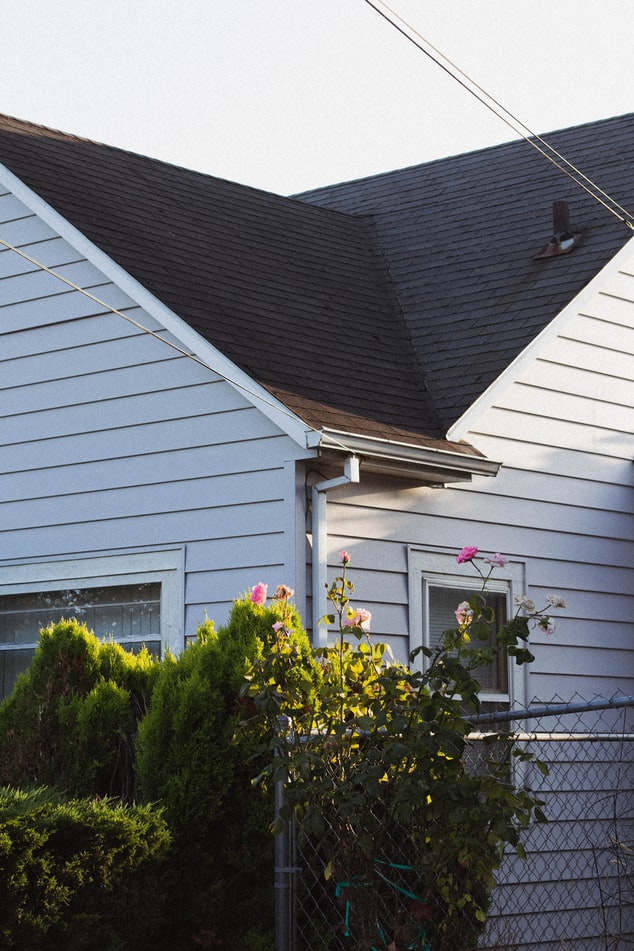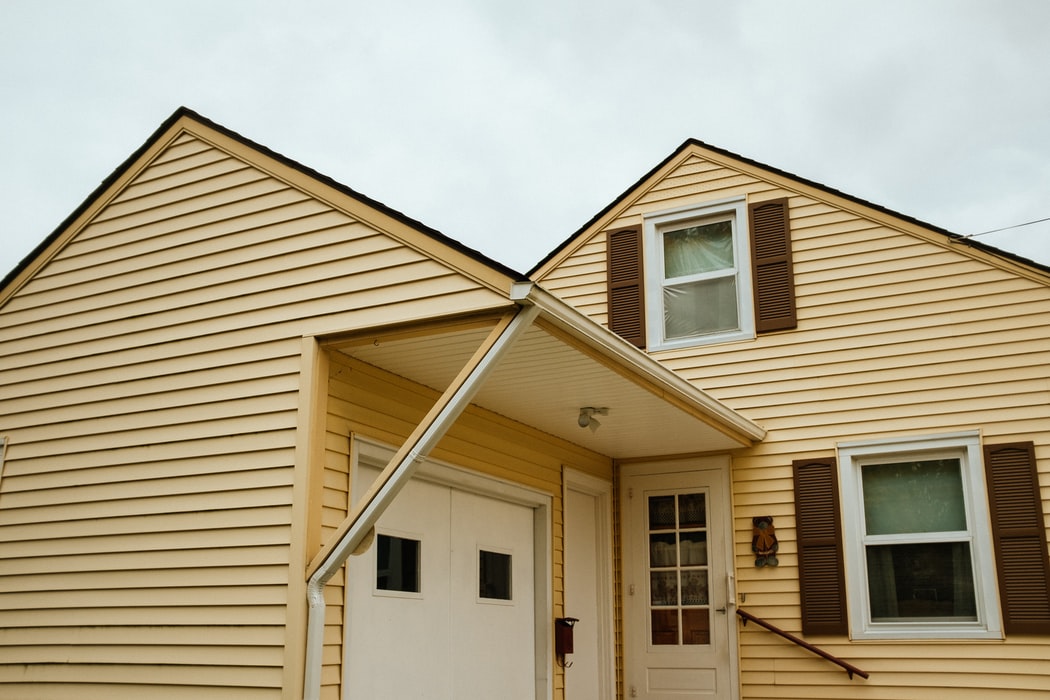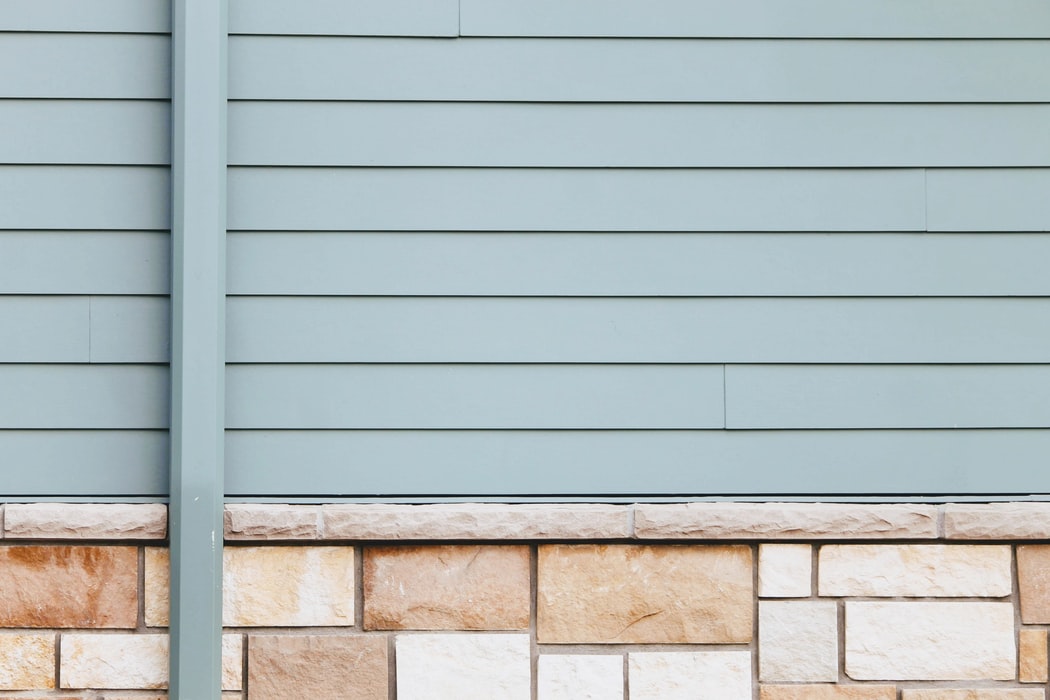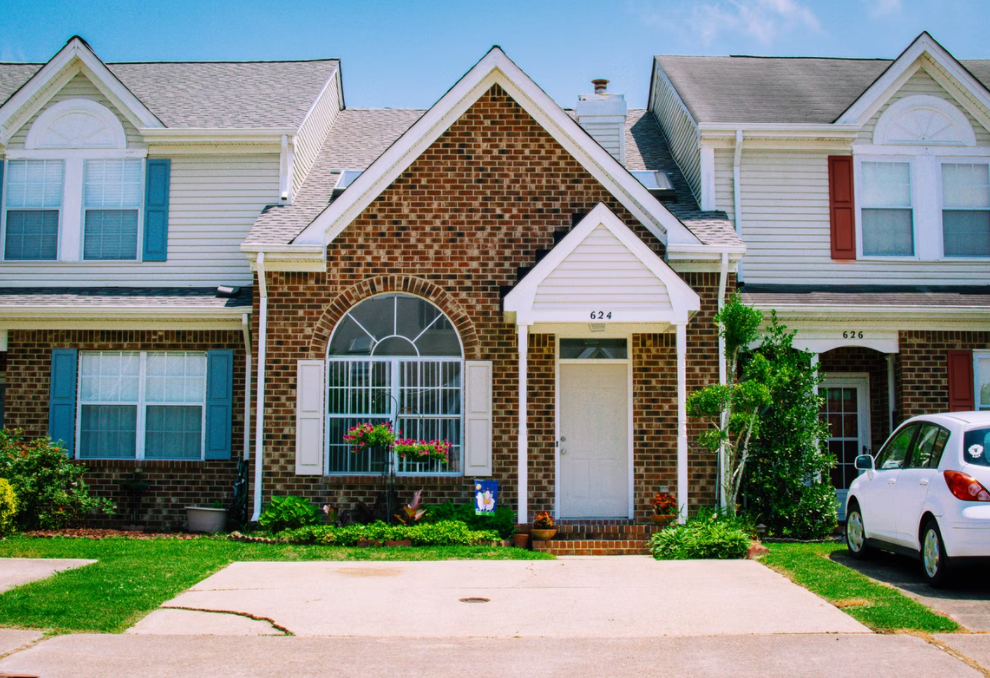9 Alarming Signs That Your Home’s Siding Needs To Be Replaced

Does your home’s siding look a little tired? Here are some signs that it should be replaced!
 All Photos By: Upsplash
All Photos By: Upsplash
Did you know siding does more than just enhance the aesthetics of your home’s exteriors? It protects the foundation of your home from harsh weather elements, including heavy rain, snow, and storms. Moreover, siding is also useful for improving the home’s insulation. It can help lower your utility bills by preventing energy loss. Considering the important role played by siding, it’s critical to keep it in good condition. Rather than waiting for major foundational damage to occur, look for the following signs pointing towards the need for replacement.
Cracking, Chipping or Splitting
While siding is highly durable, it’s not completely immune to damage. A severe storm can cause the siding to split, crack, or chip. These damaged sections should be immediately replaced or replaced. Otherwise, moisture can seep into the walls and compromise the home’s structural integrity.
Peeling or Cracking Paint
How often siding needs to be repainted depends on the material. For instance, wood siding needs to be painted every 5-7 years, while cement fiberboard siding needs to be painted once in 10-15 years. Is your siding paint peeling or cracking sooner than expected? This signaling towards a serious issue.
 Blistering
Blistering
Does your siding have bubbles or blisters? Not only does it make your home’s exterior look unappealing, but it’s also an alarming sign showing that moisture has penetrated the siding. One of the major jobs of siding is to keep moisture away from home. If there’s blistering or bubbling, it’s probably time for siding replacement.
Green or Black Patches
As siding comes in constant contact with moisture, it’s not uncommon for green or black patches to develop. Mold, mildew, and fungi can grow on top of the siding as well as underneath it. Such growths are an indicator that moisture has probably seeped under or around the siding. If detected early on, mold can be removed. However, in case it has spread all over, it would be better to replace the infested siding.

Increased Energy Bills
As previously mentioned, siding is essential to regulate your home’s temperature and lower energy costs. Have you observed an unexplainable rise in your energy bills? This is an indication that the siding is not insulating the house properly. By replacing outdated, worn-out siding, you can lower your energy consumption and enjoy long-term energy savings.
Peeling Interior Wallpaper
Whether your interior paint or wallpaper is peeling off the walls, this is an indication that moisture has penetrated your walls. You should promptly get your siding inspected. It’s possible that damaged siding allowed water to seep into the walls.

Rotting
From the outside, your siding may appear to be perfect, but it can be rotted from inside. Therefore, it’s essential to frequently inspect the siding for rot. Wood siding is especially vulnerable to rotting.
Holes
Has your siding developed holes over time? Whether your siding has a cluster of small holes or large holes, you should get it immediately looked at and repaired. Moisture can easily enter through these gaps, penetrate the walls, and even lead to mold growth.
Pest Infestation
There is another reason for siding holes- termites and insects. They can eat away the siding from within and jeopardize the structural integrity of the house. Other than insects, there are a variety of pests that can seriously damage the siding. Birds, rodents, bees, wasps, etc. tend to nest under siding, especially during winters. In such cases, the damaged section or even the entire siding should be replaced.
Final Words
Any cracks or gaps in your siding is not just going to ruin the visual appeal of your house, but can also lead to serious damage to the facade. Proactively replace siding to improve your home’s appearance as well as protect it from natural elements.







Leave a Comment